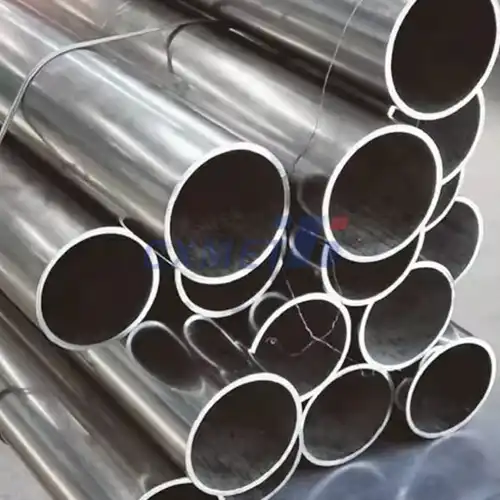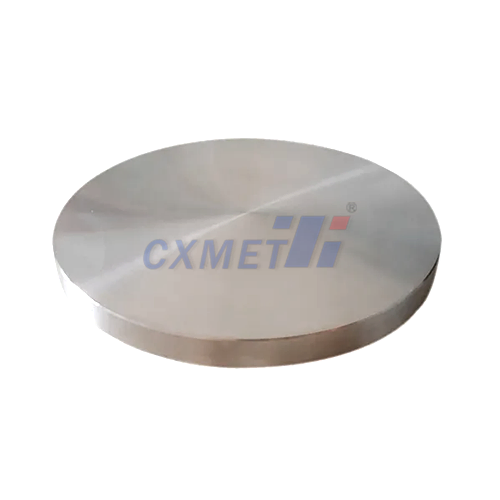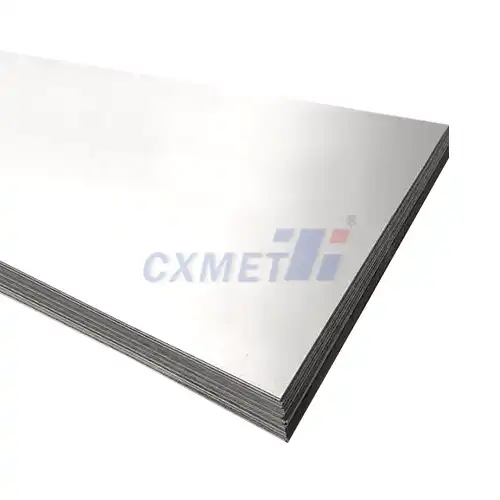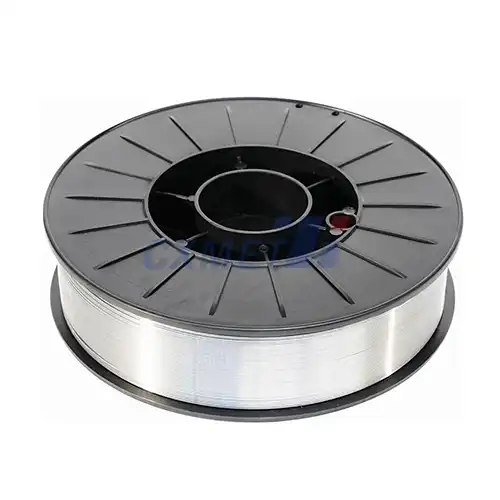- English
- French
- German
- Portuguese
- Spanish
- Russian
- Japanese
- Korean
- Arabic
- Greek
- German
- Turkish
- Italian
- Danish
- Romanian
- Indonesian
- Czech
- Afrikaans
- Swedish
- Polish
- Basque
- Catalan
- Esperanto
- Hindi
- Lao
- Albanian
- Amharic
- Armenian
- Azerbaijani
- Belarusian
- Bengali
- Bosnian
- Bulgarian
- Cebuano
- Chichewa
- Corsican
- Croatian
- Dutch
- Estonian
- Filipino
- Finnish
- Frisian
- Galician
- Georgian
- Gujarati
- Haitian
- Hausa
- Hawaiian
- Hebrew
- Hmong
- Hungarian
- Icelandic
- Igbo
- Javanese
- Kannada
- Kazakh
- Khmer
- Kurdish
- Kyrgyz
- Latin
- Latvian
- Lithuanian
- Luxembou..
- Macedonian
- Malagasy
- Malay
- Malayalam
- Maltese
- Maori
- Marathi
- Mongolian
- Burmese
- Nepali
- Norwegian
- Pashto
- Persian
- Punjabi
- Serbian
- Sesotho
- Sinhala
- Slovak
- Slovenian
- Somali
- Samoan
- Scots Gaelic
- Shona
- Sindhi
- Sundanese
- Swahili
- Tajik
- Tamil
- Telugu
- Thai
- Ukrainian
- Urdu
- Uzbek
- Vietnamese
- Welsh
- Xhosa
- Yiddish
- Yoruba
- Zulu
What are the Applications of Pure Nickel Sheets?
2024-08-08 17:38:28
Pure nickel sheets are versatile materials with a wide range of applications across various industries. These thin, malleable sheets of high-purity nickel offer unique properties that make them invaluable in many manufacturing and engineering processes. In this blog post, we'll explore the diverse applications of pure nickel sheets and answer some common questions about their uses.
What are the main properties of pure nickel sheets?
Pure nickel sheets are known for their exceptional characteristics, which contribute to their widespread use in various applications. These properties include:
1. Excellent corrosion resistance: Pure nickel sheets exhibit outstanding resistance to corrosion, making them ideal for use in harsh environments and chemical processing industries. They can withstand exposure to various acids, alkalis, and other corrosive substances without deteriorating, ensuring long-lasting performance and reliability.
2. High thermal and electrical conductivity: Nickel is an excellent conductor of both heat and electricity, making pure nickel sheets valuable in applications requiring efficient heat transfer or electrical conductivity. This property is particularly useful in electronics, energy production, and thermal management systems.
3. Magnetic properties: Pure nickel is ferromagnetic, meaning it can be magnetized and attracted to magnets. This characteristic makes nickel sheets useful in applications involving electromagnetic shielding, magnetic sensors, and other magnetic devices.
4. Ductility and malleability: Pure nickel sheets are highly ductile and malleable, allowing them to be easily formed, shaped, and worked into various configurations without breaking or cracking. This property is essential in manufacturing processes that require complex shaping or forming of the material.
5. High melting point: With a melting point of approximately 1,455°C (2,651°F), pure nickel sheets can withstand high temperatures without losing their structural integrity. This makes them suitable for use in high-temperature applications and heat-resistant equipment.
6. Good weldability: Pure nickel sheets can be easily welded using various welding techniques, including resistance welding, arc welding, and laser welding. This property allows for the creation of complex structures and assemblies in various industries.
7. Low gas permeability: Nickel has a low permeability to gases, making it useful in applications where gas-tight seals or barriers are required, such as in fuel cells or gas separation processes.
8. Catalytic properties: Pure nickel can act as a catalyst in certain chemical reactions, making nickel sheets valuable in catalytic converters and other catalytic applications.
These properties combine to make pure nickel sheets highly versatile materials with applications spanning multiple industries, from aerospace and automotive to chemical processing and electronics.
How are pure nickel sheets used in the battery industry?
Pure nickel sheets play a crucial role in the battery industry, particularly in the production of advanced rechargeable batteries. Their unique properties make them ideal for various components and applications within battery systems. Here's an in-depth look at how pure nickel sheets are utilized in the battery industry:
1. Electrode substrates: One of the primary uses of pure nickel sheets in batteries is as electrode substrates. In nickel-based batteries, such as nickel-cadmium (NiCd) and nickel-metal hydride (NiMH) batteries, thin nickel sheets serve as the base material for the positive electrode (cathode). The high electrical conductivity of nickel ensures efficient charge transfer, while its corrosion resistance helps maintain the electrode's integrity in the alkaline electrolyte environment.
2. Current collectors: In lithium-ion batteries, which are widely used in consumer electronics and electric vehicles, pure nickel sheets are often employed as current collectors for the cathode. The nickel sheet acts as a conductive pathway, collecting and distributing electrons during the charge and discharge cycles. The high conductivity of nickel helps minimize internal resistance, improving the battery's overall performance and efficiency.
3. Battery tabs and terminals: Pure nickel sheets are frequently used to manufacture battery tabs and terminals. These components serve as connection points between the internal battery elements and external circuits. The excellent weldability of nickel allows for secure connections, while its corrosion resistance ensures long-term reliability in various operating conditions.
4. Nickel foam production: While not directly using nickel sheets, the production of nickel foam – a key component in many battery designs – often starts with pure nickel sheets. The sheets are processed through various techniques, such as electrodeposition or powder metallurgy, to create a highly porous, three-dimensional nickel structure. This nickel foam is then used as a substrate for active materials in battery electrodes, providing high surface area and improved performance.
5. Bipolar plates in fuel cells: Although not traditional batteries, fuel cells are electrochemical devices that generate electricity, and pure nickel sheets find applications in this technology as well. Nickel sheets can be used to create bipolar plates, which separate individual cells in a fuel cell stack while conducting electricity between them. The corrosion resistance and conductivity of nickel make it an excellent material for this purpose.
6. Research and development: In battery research and development, pure nickel sheets are often used as model electrodes or substrates for testing new active materials or electrolyte formulations. Their well-defined properties and purity make them ideal for controlled experiments and comparative studies.
7. Protective coatings: In some battery designs, thin layers of pure nickel are applied as protective coatings on other materials. For example, nickel coatings can be used to protect copper current collectors in certain types of batteries, combining the beneficial properties of both metals.
8. Nickel-rich cathode materials: While not directly using nickel sheets, the production of nickel-rich cathode materials for advanced lithium-ion batteries often relies on high-purity nickel as a precursor. These materials, such as NMC (Nickel Manganese Cobalt) cathodes with high nickel content, are crucial for achieving higher energy densities in modern batteries.
The use of pure nickel sheets in the battery industry continues to evolve as new battery technologies emerge and existing ones are refined. The material's combination of electrical conductivity, corrosion resistance, and processability makes it an invaluable component in the ongoing quest for more efficient, longer-lasting, and higher-capacity energy storage solutions. As the demand for advanced batteries grows, driven by the expansion of electric vehicles and renewable energy systems, the importance of pure nickel sheets in this sector is likely to increase further.
What role do pure nickel sheets play in chemical processing equipment?
Pure nickel sheets play a vital role in chemical processing equipment due to their exceptional properties, particularly their outstanding corrosion resistance and ability to withstand harsh chemical environments. Let's explore the various ways in which pure nickel sheets are utilized in chemical processing equipment:
1. Reactor vessels and tanks: Pure nickel sheets are often used to line or construct reactor vessels and storage tanks in chemical processing plants. Their excellent resistance to corrosion by acids, alkalis, and other aggressive chemicals makes them ideal for containing and processing a wide range of substances. Nickel-lined vessels can handle everything from organic compounds to inorganic acids without degradation, ensuring long-term reliability and minimizing the risk of contamination.
2. Heat exchangers: In chemical processing, heat exchangers are crucial components for controlling reaction temperatures and recovering heat. Pure nickel sheets are used to fabricate heat exchanger plates and tubes due to their high thermal conductivity and corrosion resistance. This is particularly important in processes involving corrosive fluids or high-temperature applications where other materials might fail.
3. Piping systems: Chemical processing often involves the transportation of corrosive or high-purity substances. Pure nickel sheets can be formed into pipes, fittings, and valves for use in these critical fluid handling systems. The material's resistance to chemical attack ensures the integrity of the piping network, preventing leaks and maintaining product purity.
4. Distillation columns: In separation processes like distillation, pure nickel sheets are used to construct column internals such as trays and packing. The material's durability in the presence of various chemicals and its resistance to high temperatures make it suitable for use in distillation columns processing a wide range of substances.
5. Catalytic reactors: Some chemical processes require the use of catalysts to facilitate reactions. Pure nickel itself can act as a catalyst in certain reactions, and nickel sheets can be used to create catalyst support structures or reactor components in catalytic processes.
6. Electrochemical cells: In electrochemical processing, such as electrolysis or electroplating, pure nickel sheets are often used as electrodes. Their high electrical conductivity and resistance to chemical attack make them ideal for these applications, where they can withstand the harsh electrolyte environment while efficiently conducting electricity.
7. Pressure vessels: High-pressure chemical reactions often require specialized equipment. Pure nickel sheets can be used to fabricate or line pressure vessels, providing both structural integrity and chemical resistance under demanding conditions.
8. Filters and strainers: In chemical processing, filtration is often a critical step. Pure nickel sheets can be perforated or woven into mesh to create durable, corrosion-resistant filters and strainers capable of withstanding aggressive chemical environments.
9. Gaskets and seals: The malleability of pure nickel sheets allows them to be formed into gaskets and seals for use in chemical processing equipment. These components ensure leak-free connections in pipelines, reactors, and other vessels, maintaining system integrity and preventing chemical spills.
10. Spray nozzles and atomizers: In processes requiring the dispersion of liquids, such as in spray drying or chemical reactions, pure nickel sheets can be used to manufacture spray nozzles and atomizers. Their resistance to wear and corrosion ensures consistent performance over time, even when handling abrasive or corrosive substances.
11. Evaporators and crystallizers: These units are commonly used in chemical processing for concentration and purification. Pure nickel sheets are employed in the construction of evaporator bodies, heating elements, and crystallizer components due to their resistance to scaling and corrosion, even at elevated temperatures.
12. Mixing and agitation equipment: Impellers, baffles, and other components of mixing equipment can be fabricated from pure nickel sheets. This is particularly advantageous in processes where product purity is critical, as nickel's resistance to corrosion minimizes the risk of contamination during mixing operations.
13. Safety equipment: In chemical processing facilities, safety is paramount. Pure nickel sheets can be used in the construction of safety showers, eyewash stations, and other emergency equipment that may come into contact with various chemicals, ensuring their reliability and longevity.
14. Laboratory equipment: While not strictly part of large-scale chemical processing, pure nickel sheets are also used in laboratory settings for manufacturing specialized equipment such as crucibles, spatulas, and electrodes for analytical and research purposes.
The use of pure nickel sheets in chemical processing equipment offers numerous advantages, including extended equipment lifespan, reduced maintenance requirements, and improved process reliability. Their ability to withstand a wide range of chemicals and operating conditions makes them an invaluable material in the design and construction of chemical processing facilities.
As the chemical industry continues to evolve, with increasing focus on efficiency, sustainability, and the development of new processes, the role of pure nickel sheets is likely to expand further. Their unique combination of properties makes them well-suited to meet the challenges of future chemical processing technologies, from the production of advanced materials to the development of more environmentally friendly chemical processes.
At SHAANXI CXMET TECHNOLOGY CO., LTD, we take pride in our extensive product range, which caters to diverse customer needs. Our company is equipped with outstanding production and processing capabilities, ensuring the high quality and precision of our products. We are committed to innovation and continuously strive to develop new products, keeping us at the forefront of our industry. With leading technological development capabilities, we are able to adapt and evolve in a rapidly changing market. Furthermore, we offer customized solutions to meet the specific requirements of our clients. If you are interested in our products or wish to learn more about the intricate details of our offerings, please do not hesitate to contact us at sales@cxmet.com. Our team is always ready to assist you.
References
1. ASTM International. (2021). Standard Specification for Nickel Plate, Sheet, and Strip. ASTM B168-21.
2. Schweitzer, P. A. (2010). Fundamentals of Corrosion: Mechanisms, Causes, and Preventative Methods. CRC Press.
3. David, J. R., & Chevalier, J. L. (2019). ASM Handbook, Volume 2B: Properties and Selection of Nonferrous Alloys and Special-Purpose Materials. ASM International.
4. Kerfoot, D. G. (2000). Nickel. Ullmann's Encyclopedia of Industrial Chemistry.
5. Fontana, M. G. (2005). Corrosion Engineering. Tata McGraw-Hill Education.
6. International Nickel Study Group. (2023). World Nickel Statistics Monthly Bulletin.
7. Schmitt, G., & Schütze, M. (2011). Corrosion in Power Plants. Wiley-VCH.
8. Niinomi, M., Narushima, T., & Nakai, M. (Eds.). (2015). Advances in Metallic Biomaterials: Tissues, Materials and Biological Reactions. Springer.
9. Whittaker, M. T., & Evans, R. W. (2009). Nickel-Based Superalloys. Elsevier.
10. Zhao, J. C., & Henry, M. F. (2002). The Thermodynamic Prediction of Phase Stability in Multicomponent Superalloys. JOM, 54(7), 37-41.

 titanium wire 1.webp)


